
What is Rayon Fabric & Is It Sustainable?
As the third most popular textile in the world, is rayon fabric worth all the rage?
It’s touted as one that’s good for our planet, but is it? Just how sustainable is rayon?
We’re exploring the ins and outs of this cellulosic fiber, how it shapes up against natural fibers, and how it might not be as “natural” as some brands claim.
The Full List Of Rayon Sustainability Considerations
- What is rayon fabric?
- How is rayon fabric made?
- Is rayon sustainable?
- Better types of rayon
- Pros & cons of rayon fabric
1. What Is Rayon Fabric?
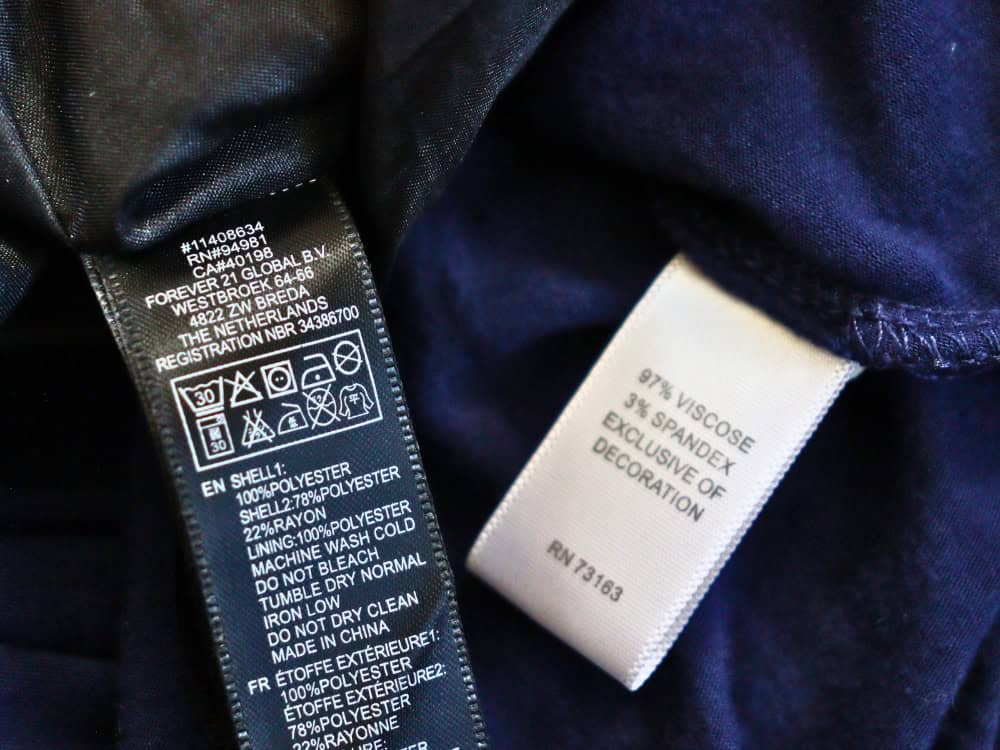
Rayon is a semi-sythetic silk alternative (in fact, it was first known as “artificial silk”) synonymous with viscose fabric. While these are one and the same and can be used interchangeably, you’re more likely to see “viscose” on the label of luxury garments, or if you’re shopping in Europe.
It begins life as some form of wood pulp or plant cellulose—though what type of wood pulp depends on if we’re talking bamboo rayon, lyocell rayon fabric, or other forms.
While it might be tempting to call rayon a natural fiber (and plenty of brands do) because it’s plant-based, the process that natural fiber must undergo renders it into something a little less than natural. That’s why rayon is classified as a semi-synthetic fiber, cellulose fiber, or cellulosic fiber. If it comes from pure cellulose from plants, it must be sustainable, right?
Not so fast. Let’s rewind and see how rayon is made.
2. How Is Rayon Fabric Made?
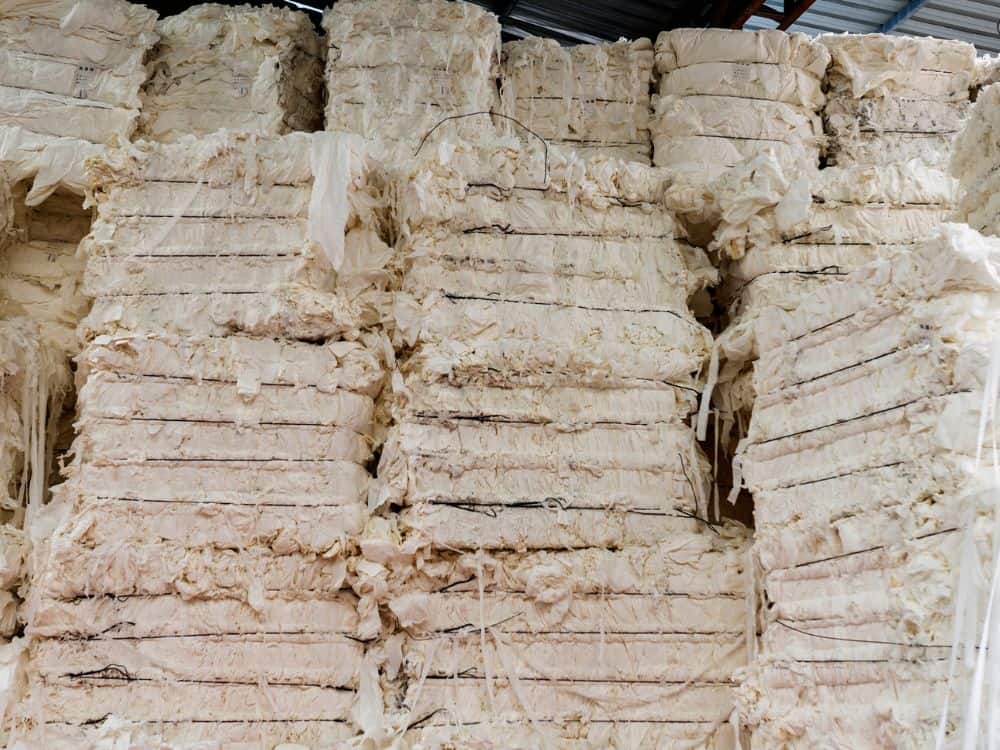
Rayon’s alternative identity viscose comes from the fact that it becomes a viscous liquid during manufacturing—how else could we turn wood into something akin to silk?
Rayon production can vary slightly based on what type of rayon we’re talking about, but it traditionally involves the following steps:
- Cellulose is extracted from wood pulp (typically from beech or pine trees or bamboo).
- The cellulose is dissolved in caustic soda (sodium hydroxide) to convert it to its impurity-free alkali form.
- The alkali cellulose is squeezed between two rollers to form a sheet, which is then crumbled into “white crumb.”
- Exposure to pure oxygen and the addition of carbon disulfide transforms the substance into “yellow crumb.”
- After being dissolved again, the yellow crumb ripens and is filtered.
- A spinneret transforms the solution into fibers.
- A soak in a sulfuric acid bath turns the fibers into filaments that can be spun, drawn, and washed.
Suddenly this fabric with natural beginnings doesn’t sound so natural.
3. Is Rayon Sustainable?
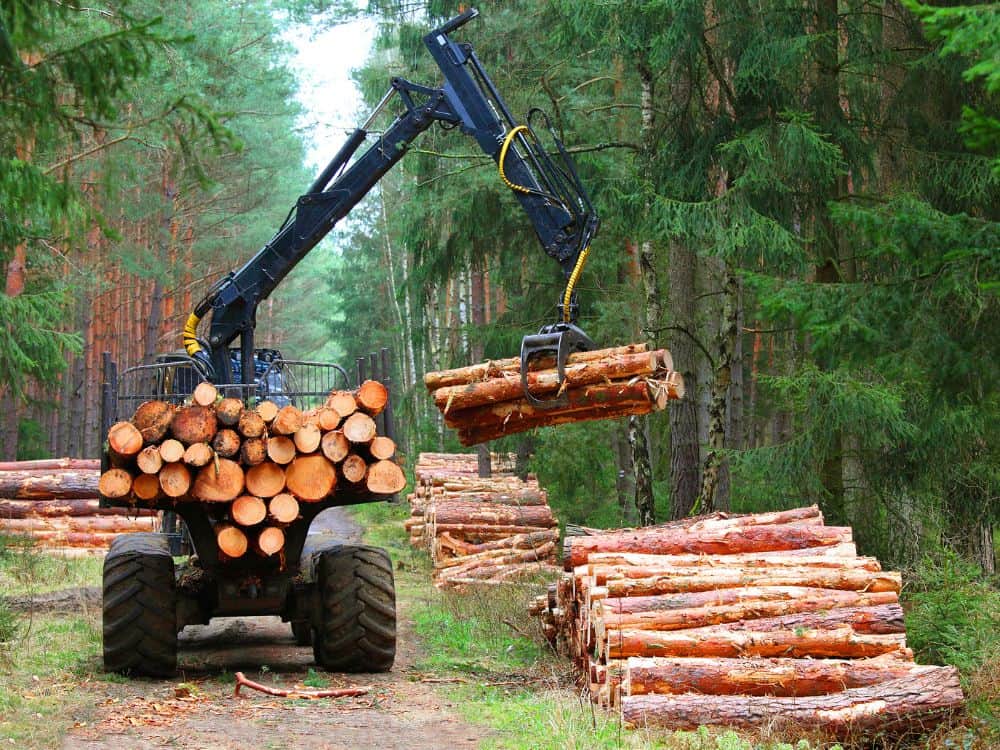
Rayon scores low on the Made-By Environmental Benchmark for Fibres, which classifies it as a Class E fiber—the lowest rank in terms of human toxicity, ecotoxicity, greenhouse gas emissions, and energy, land, and water use.
First, rayon is made from trees, too. Not only does the extraction of pulp for cellulose waste around 70% of the tree, but reports have found that 30% of the world’s rayon is sourced from endangered forests, leading to deforestation and biodiversity loss.
Then there’s the chemicals. For every gram of viscose rayon that’s produced, up to 30 grams of carbon disulfide is used and released into the environment. Too toxic for even EPA stanards, you won’t find rayon produced in the US. It’s instead produced mainly in China, India, Indonesia, and Pakistan.
Though a recent study found that not only is rayon biodegradable, but more biodegradable than other fibers of natural origin (namely, cotton), these chemicals mean it typically mean it’s earth-safe when it does biodegrade.
These scary chemicals also mean scary side effects for textile industry workers. In Fake Silk: The Lethal History of Viscose Rayon, Paul David Blanc writes, “Throughout most of the 20th century, viscose rayon manufacturing was inextricably linked to widespread, severe, and often lethal illness among those employed in making it.”
Sulfuric acid (AKA battery acid) is officially classified as a hazardous substance and human carcinogen that can also cause skin and eye problems, reproductive complications, lung damage, burns, and more.
Carbon disulfide has about 150 years of evidence showing how harmful it is for workers. It causes a degenerative brain disease and subsequent adverse effects on the nervous system. These may manifest chronically in subtle personality changes, dizziness, anxiety, anorexia, vision changes, and Parkinsonian paralysis. It may also produce acute complications for the kidneys, blood, nerves, heart, liver, eyes, and skin, and lead to mental deterioration to those exposed long term.
With a growing number of companies using this material, top viscose producers are making commitments to meet EU BAT (Best Available Techniques) criteria—which measures things like carbon disulfide and caustic soda use, freshwater and energy consumption, emissions, and more.
4. Better Types Of Rayon
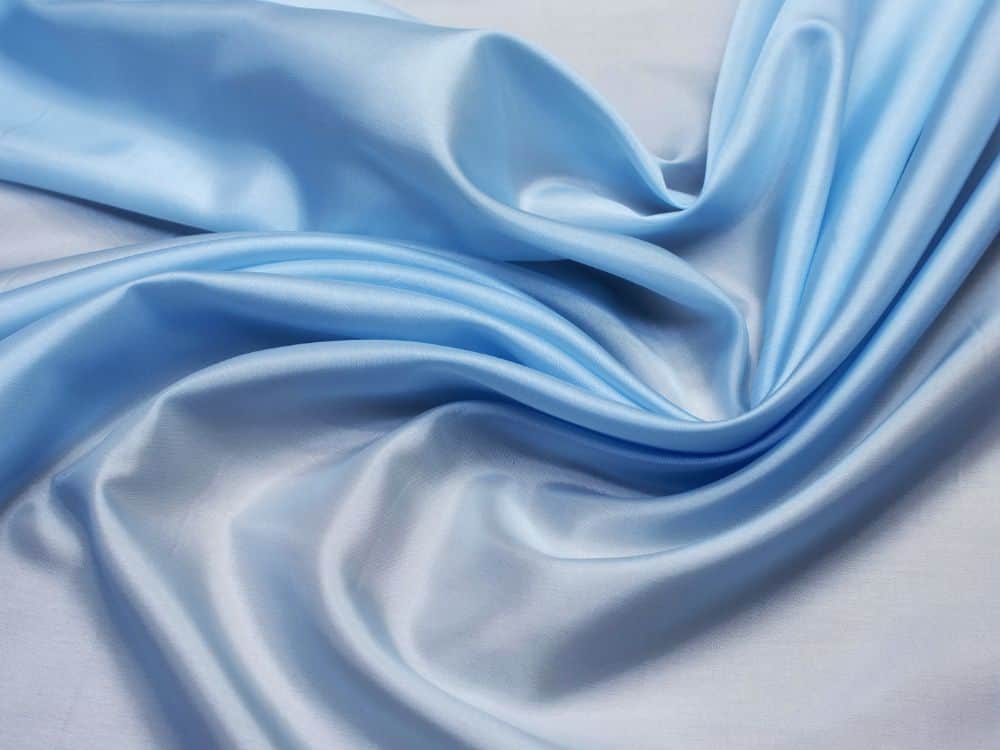
The place for conventional rayON is rayOFF of our bodies. But not all rayon fabrics are created equally, and there actually are some forms of the fabric you’ll find in truly eco-friendly clothing (though it’s usually not called rayon).
Lyocell Rayon Fabric
There are two fabric names you’ve probably heard of among sustainability circles, even if you didn’t know they are technically rayon:
- TENCEL™ modal fabric (made from sustainably-harvested beech trees)
- TENCEL™ lyocell fabric (made from sustainably-harvested eucalyptus trees).
The main difference being that lyocell is created by a solvent spinning technique with organic solvents that causes no significant chemical change to the fibers. For this reason, it’s easier to call lyocell rayon more sustainable than modal, though both are a significant improvement on their conventional forebearer.
Austrian company Lenzing is behind the TENCEL™ brand, and while they aren’t the only company to produce modal and lyocell, they are considered the most sustainable thanks ot their use of a use of sustainably forestry certified (specifically FSC) raw wood materials and a closed-loop system, where nearly all water and chemicals are recaptured for reuse.
Not only are lyocell and modal (especially TENCEL™) better from an environmental standpoint, but they are also stronger, more absorbent, durable, have more elasticity, and can handle moisture better than regular rayon.
Bamboo Rayon Fabric
Now we’ve got to break the good fabric news with one type of rayon that is commonly misrepresented as being sustainable: bamboo rayon, or any kind of rayon made from wood pulp of bamboo chutes.
Bamboo is one of the most sustainable plants in the world because it grows quickly without needing a lot of water, pesticide, and herbicide inputs. Fast growth means it consumes more carbon dioxide (and produces more oxygen) than most other plants. Bamboo fabric begins eco-friendly—but not all remain that way.
Like conventional rayon, it requires a tremendous amount of chemicals to process into rayon, around 50% of which are released into the environment except for a few brands who create bamboo lyocell through a closed-loop process.
Cotton Rayon Fabric
Rayon is sometimes used as a cheaper substitute for cotton, so it’s hardly any wonder the two have been combined to create a hybrid material.
Cupro fabric (cupra) is a type of rayon made with either a byproduct of the cotton industry (cotton linter) or recycled garments. Sustainably speaking, we’re not head over heels for cupra rayon, but if you’re looking for a vegan silk alternative and have found a brand that’s transparent about their closed-loop process, it can be a sustainable choice.
5. Pros & Cons Of Rayon Fabric
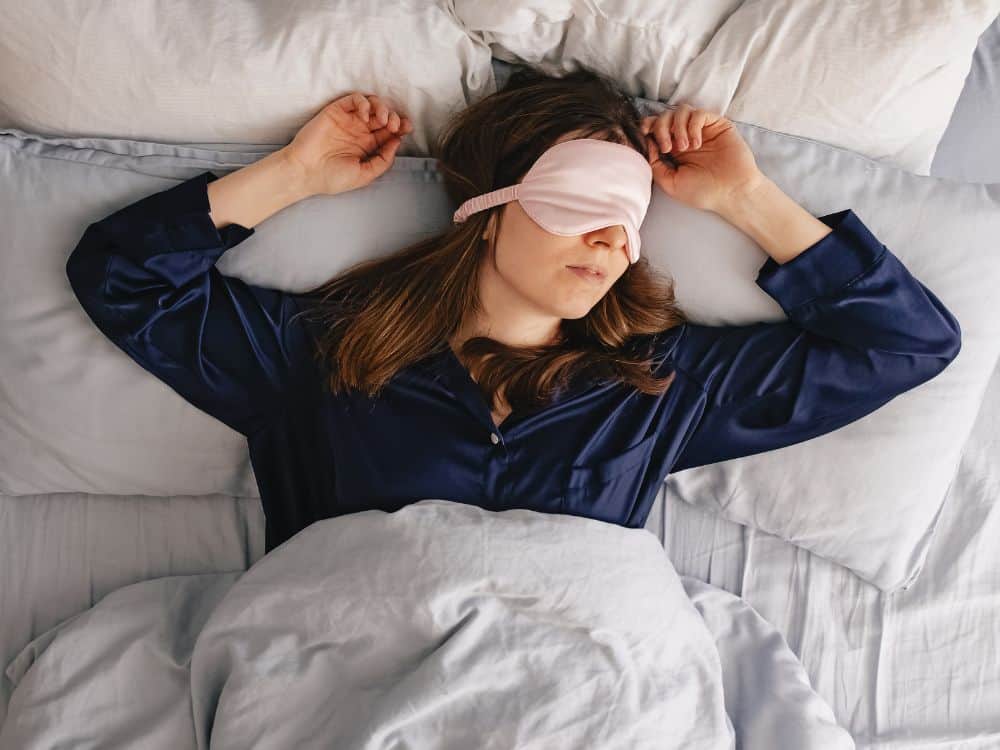
Rayon’s main attraction is that it can be used as an affordable (and vegan) silk alternative because it’s breathable, non-irritating, moisture-wicking, stretchy, soft to the touch, and drapes well.
It’s also a versatile fiber, meaning it easily blends with other fibers to enchance its properties and accepts dyes well, yielding a bright and beautiful material for lingerie and luxury garments.
But other fabrics offer similiar benefits in a more sustainable package. Linen and hemp fabric, for example, are just as breathable as rayon fabric but are far more sustainable all-around. Each raw material (flax and hemp, respecitvely) requires practically no inputs in the manufacturing. Being 100% natural fiber means it can be safely composted as long as no toxic dyes were used.
Plus, though rayon dyes easily, it’s notorious for fading quickly for that same reason. And since rayon fibers have a very low tensile strength when wet, the fabric is very vulnerable every time you wash it, so following washing instructions carefully.
Did you know we Have a Newsletter?
We cover the latest in sustainable living, fashion, zero waste, beauty, travel, finance and more…
Pin these:
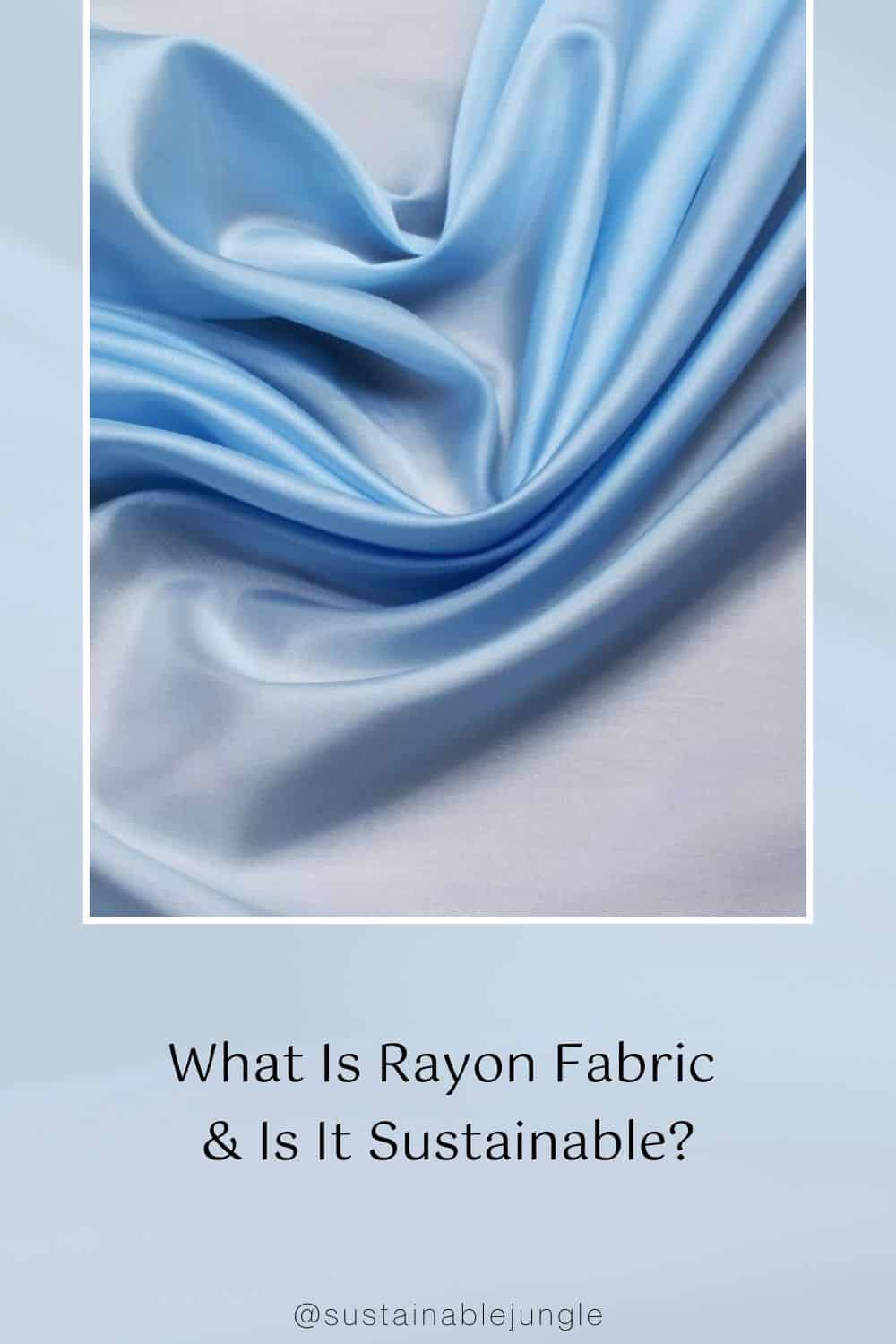
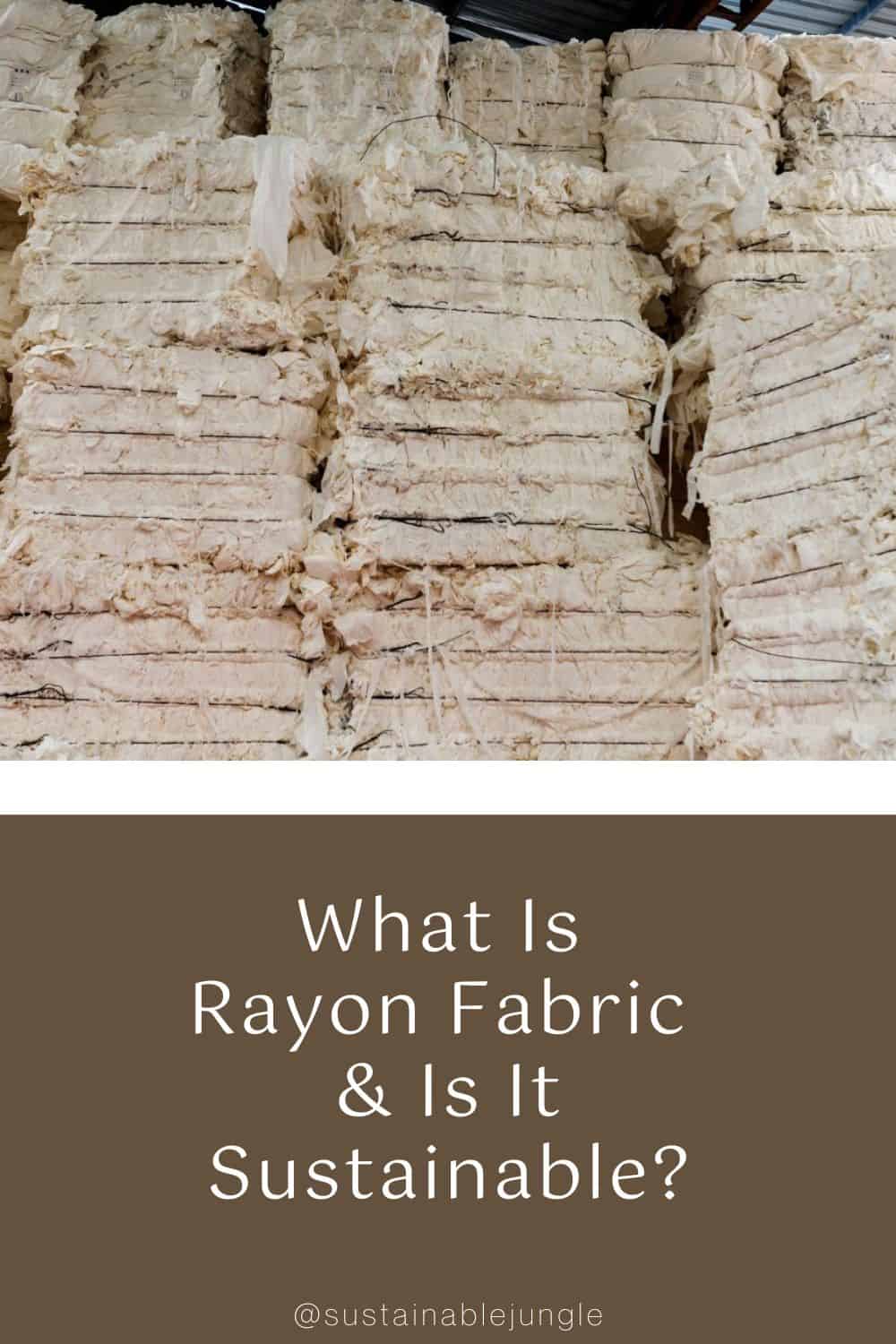
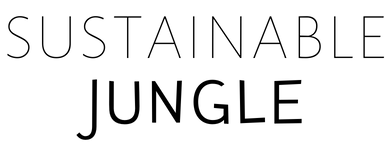
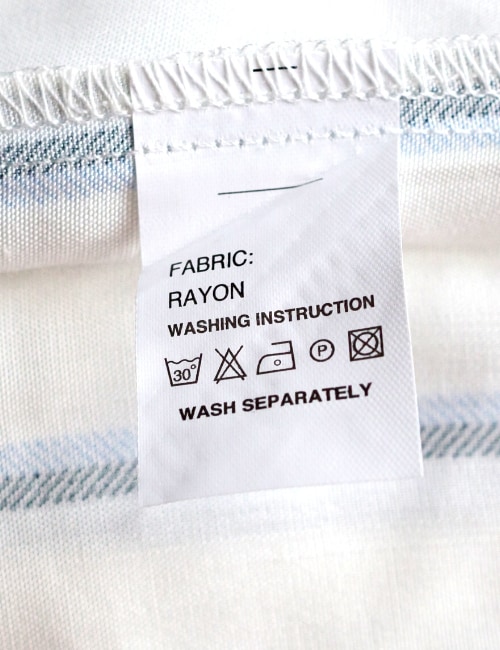
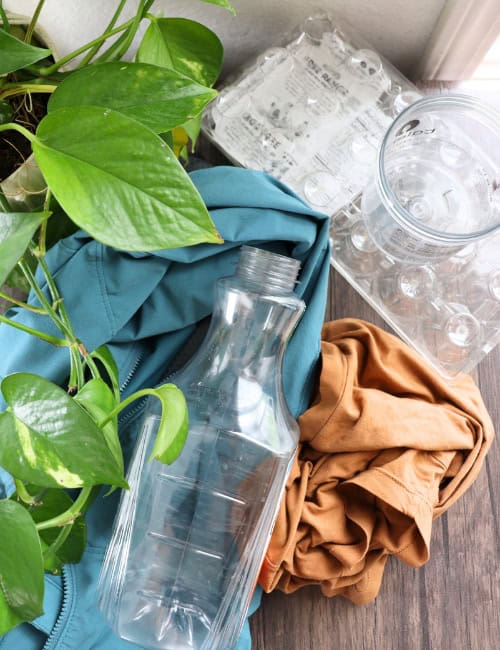

Does sunlight have a negative effect on curtains made of rayon? Do household
bugs eat rayon causing it to degenerate? Does heat from a household furnace have an affect on rayon. What might cause rayon to delaminate and cause shredding of the material?
How scary is all that!! I knew there was another reason I didn’t like it, as if being heat retaining wasn’t enough. I get very hot wearing viscose by any name, so no viscose/rayon for me. Thanks!
Wow, really eye-opening information! Thank you.